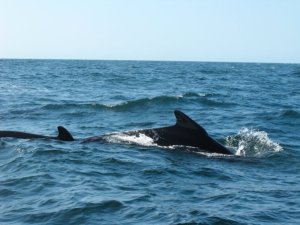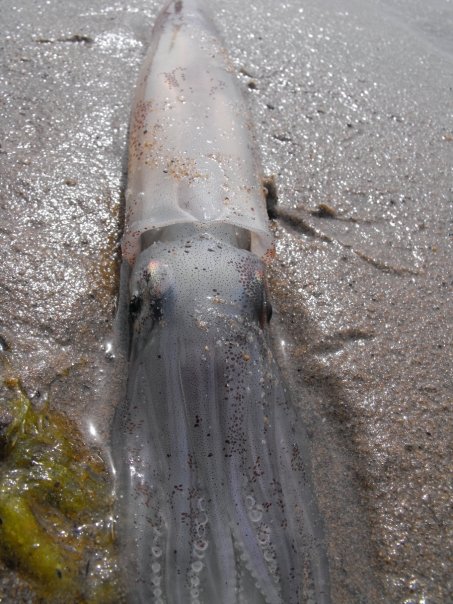Just for fun!
When your about to take a picture of your friends, instead of saying “cheese” switch it with the word “whales”, you’ll make them laugh, I guarantee it.
Pilot whales are very social, and are often found in groups of 20 to 90 pods. They swim, breed and eat as a group. Some pilot whales show off and spy hop. They basically stick half of their bodies out of the water, vertically, almost like break dancing. Can you spy hop? Many animals spy hop, not just this big guy. Wolves all need to do this, so they can see their surroundings.
Pilot whales look like black dolphins with a white or light grey anchor-shaped patch on its bottom surface. They have rounded heads with a very small beak. The male’s head may protrude up to 4 inches over the lower jaw! Its body is long, allowing the whale to swim with ease, but very stocky and muscular. They look cute, but they can hold their ground.
Pilot whales are generally found in both the northern and southern hemisphere or in tropical water throughout the world. Short-finned pilot whales tend to chill out in the warmer water.
Did you know?
- Pilot whales eat squid!
- One captive pilot whale named “Morgan” was trained by Navy scientists to retrieve beeper-attached objects from the ocean floor at depths of over 1,600 feet—Pretty incredible!
If you’re ever visiting Nova Scotia, check out the whale watching adventure tours! You’ll get a chance to get up close and personal with these loveable sea creatures. Here’s a video from my last trip to Cape Breton Island, enjoy! Click here for whales





